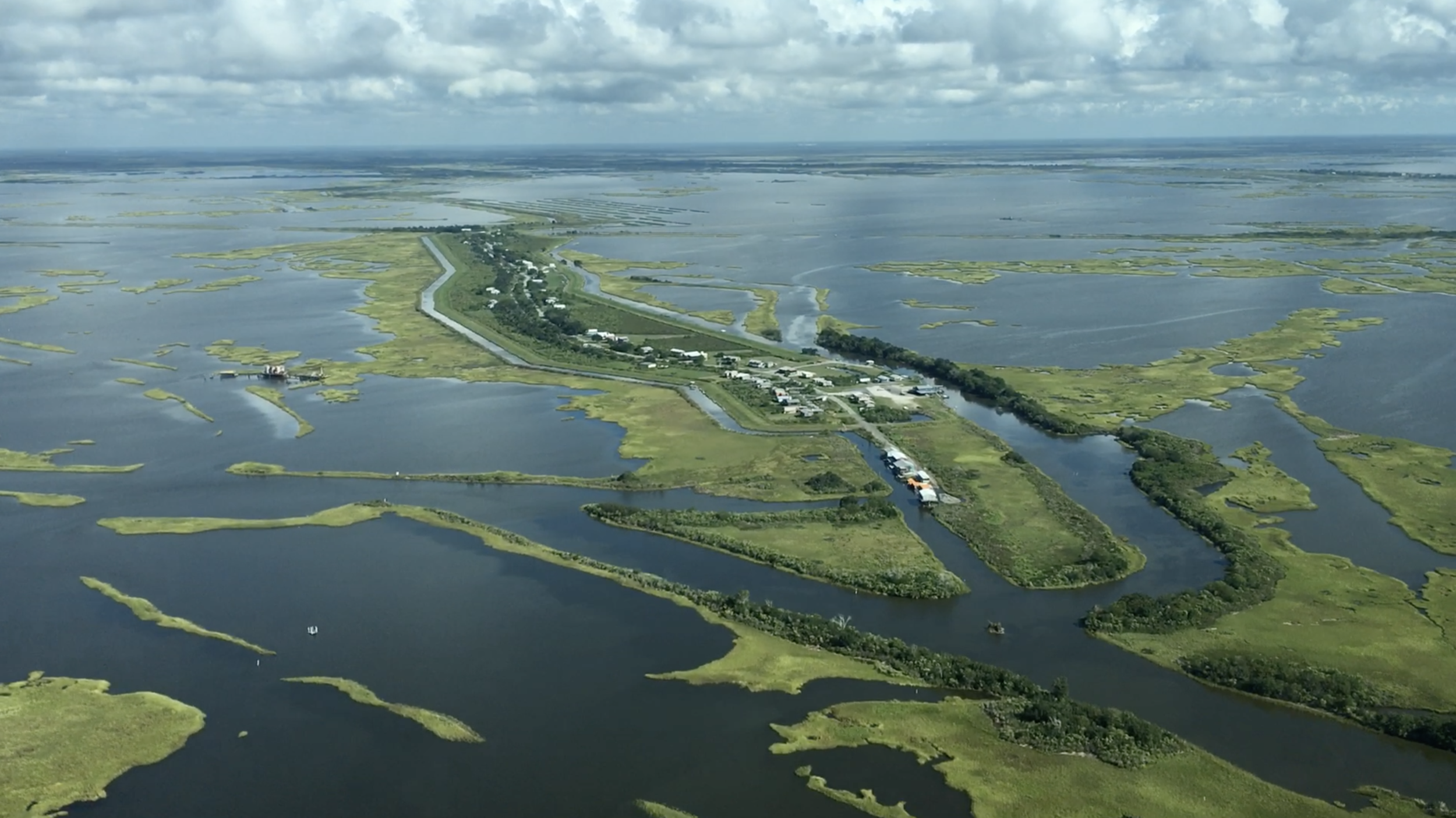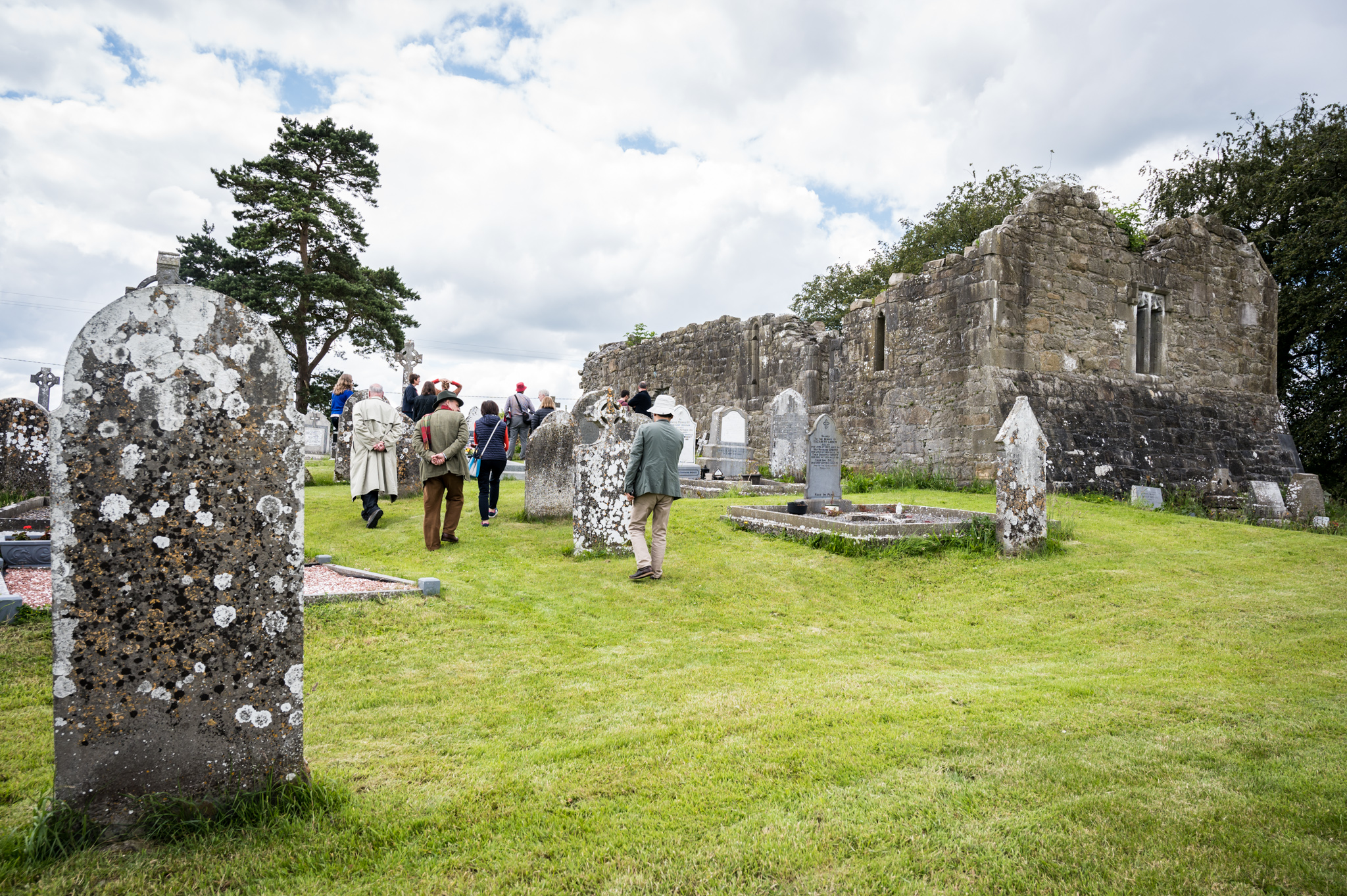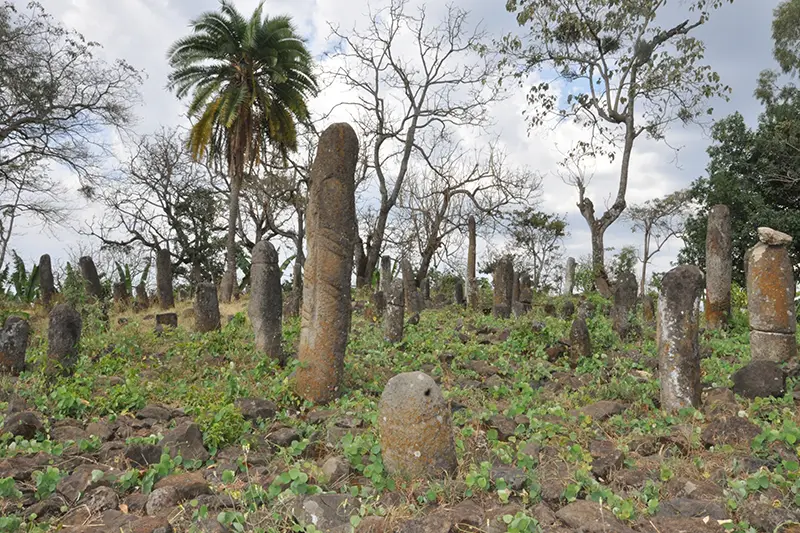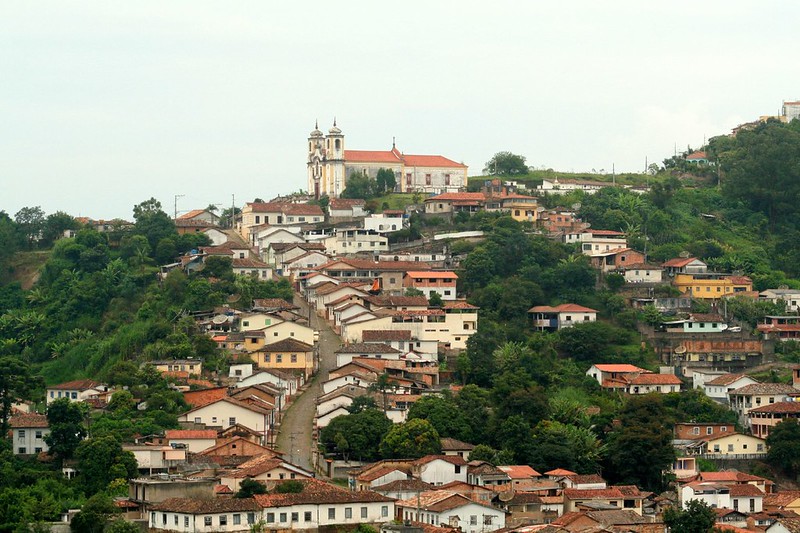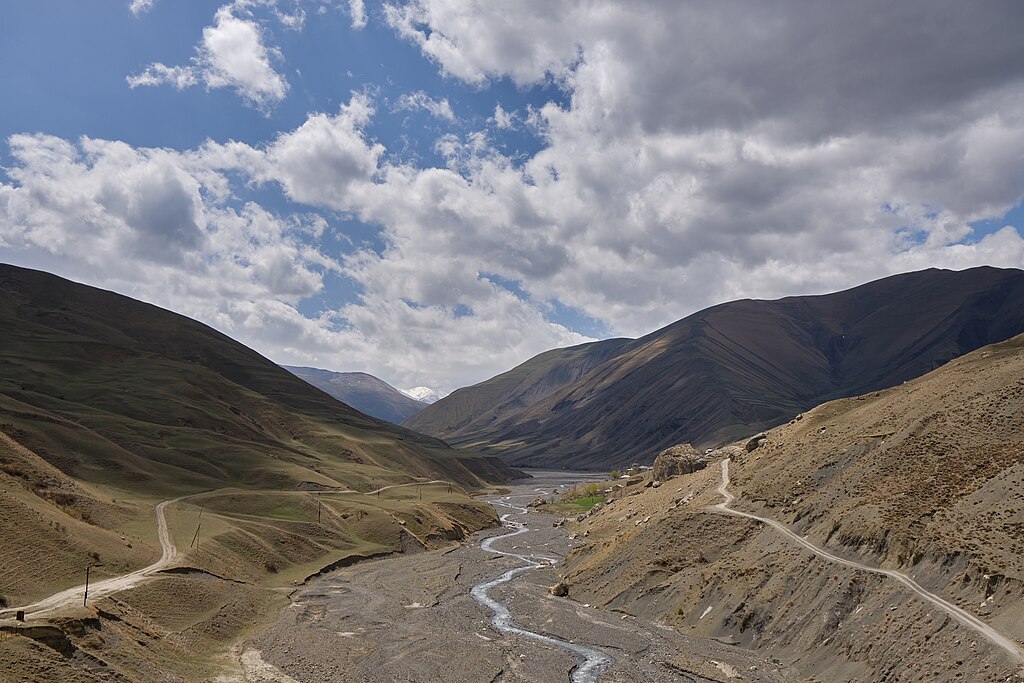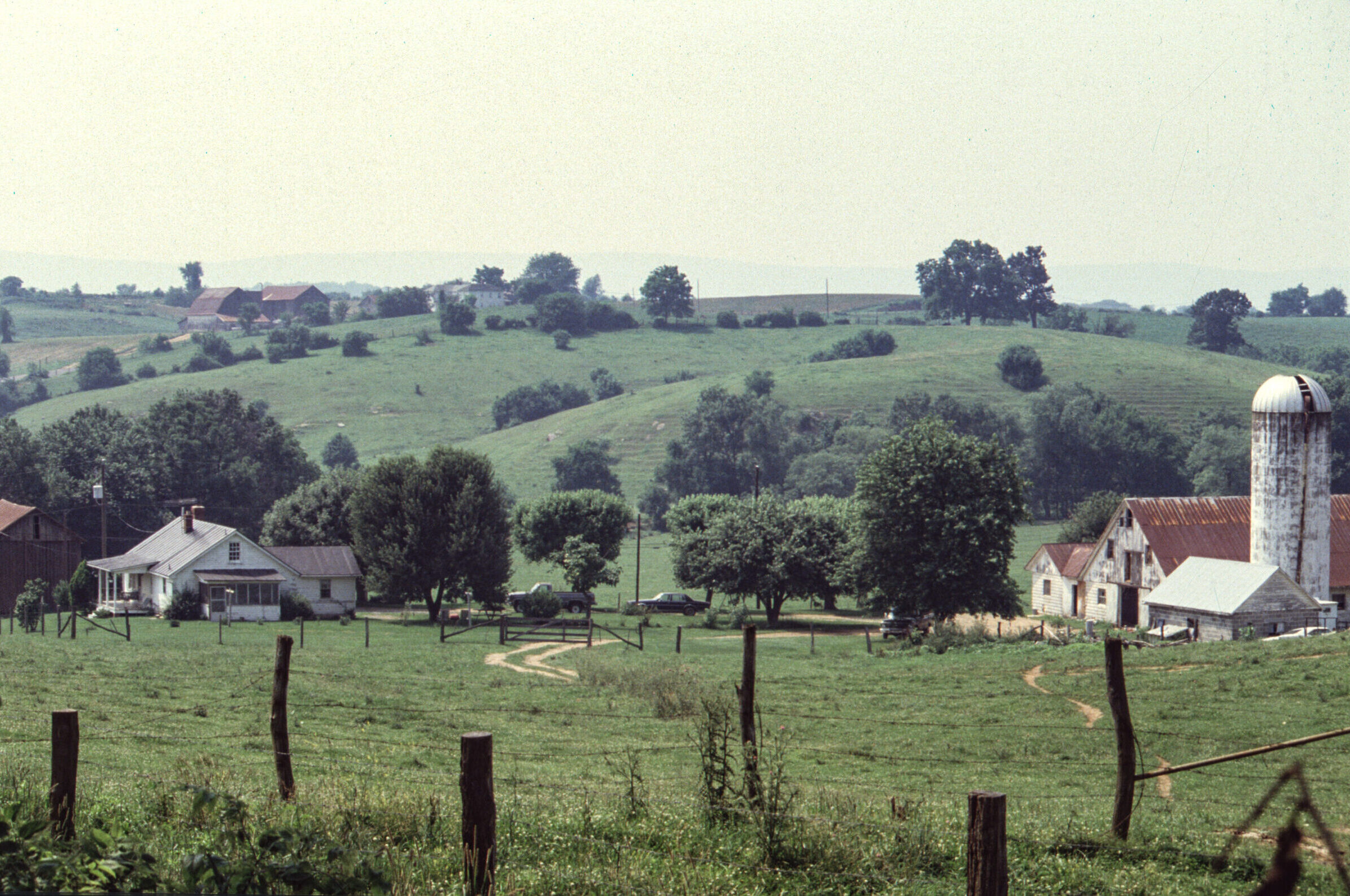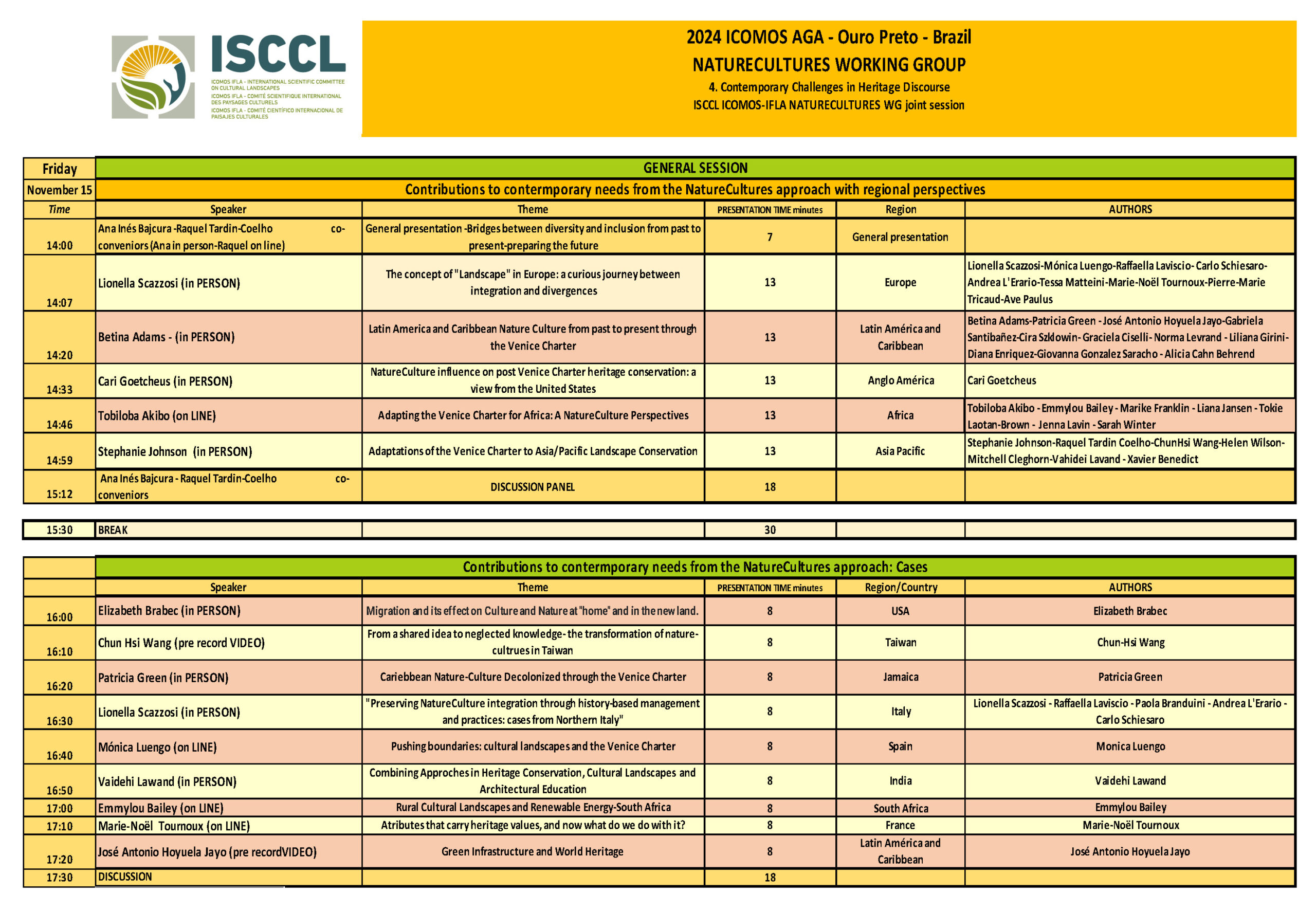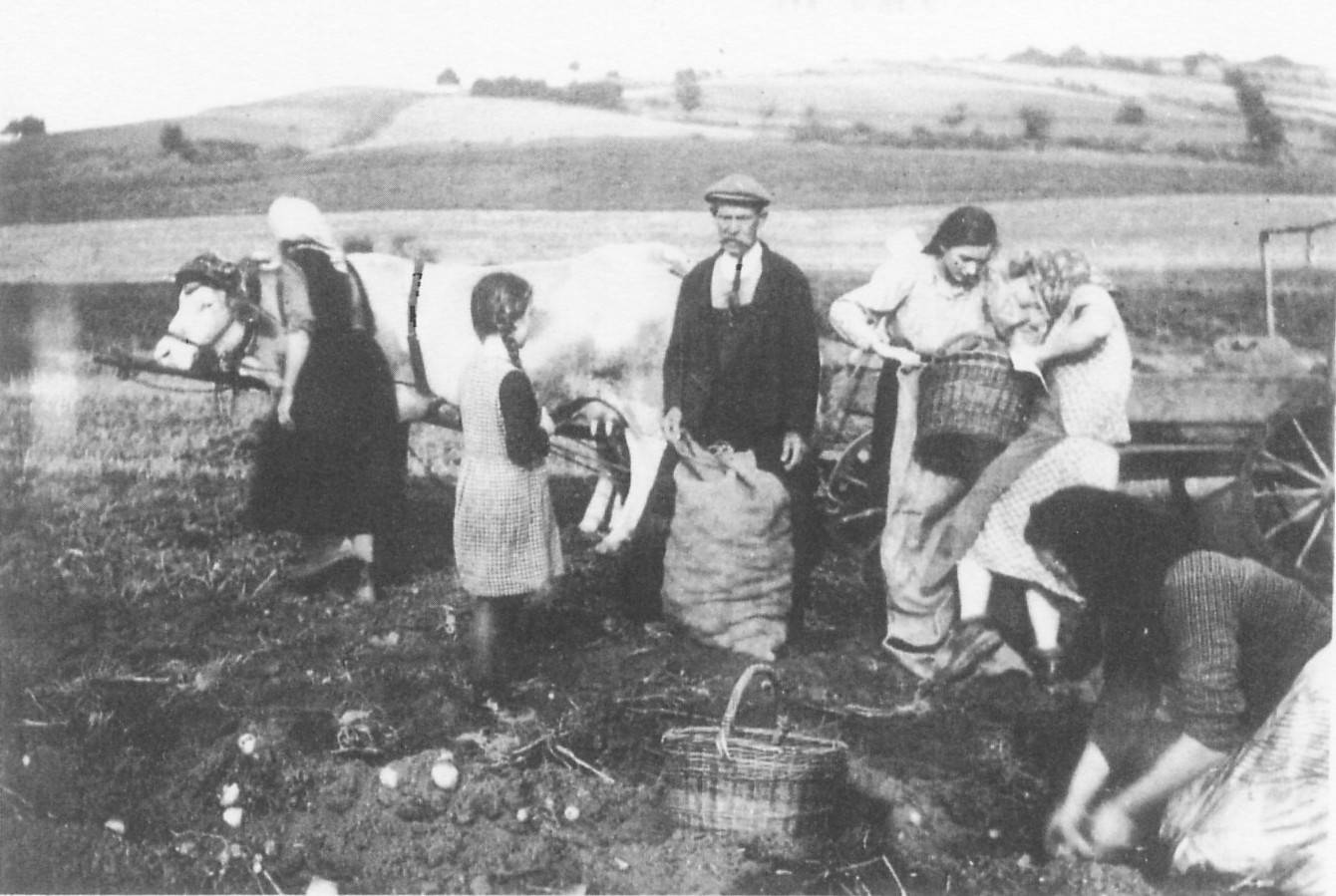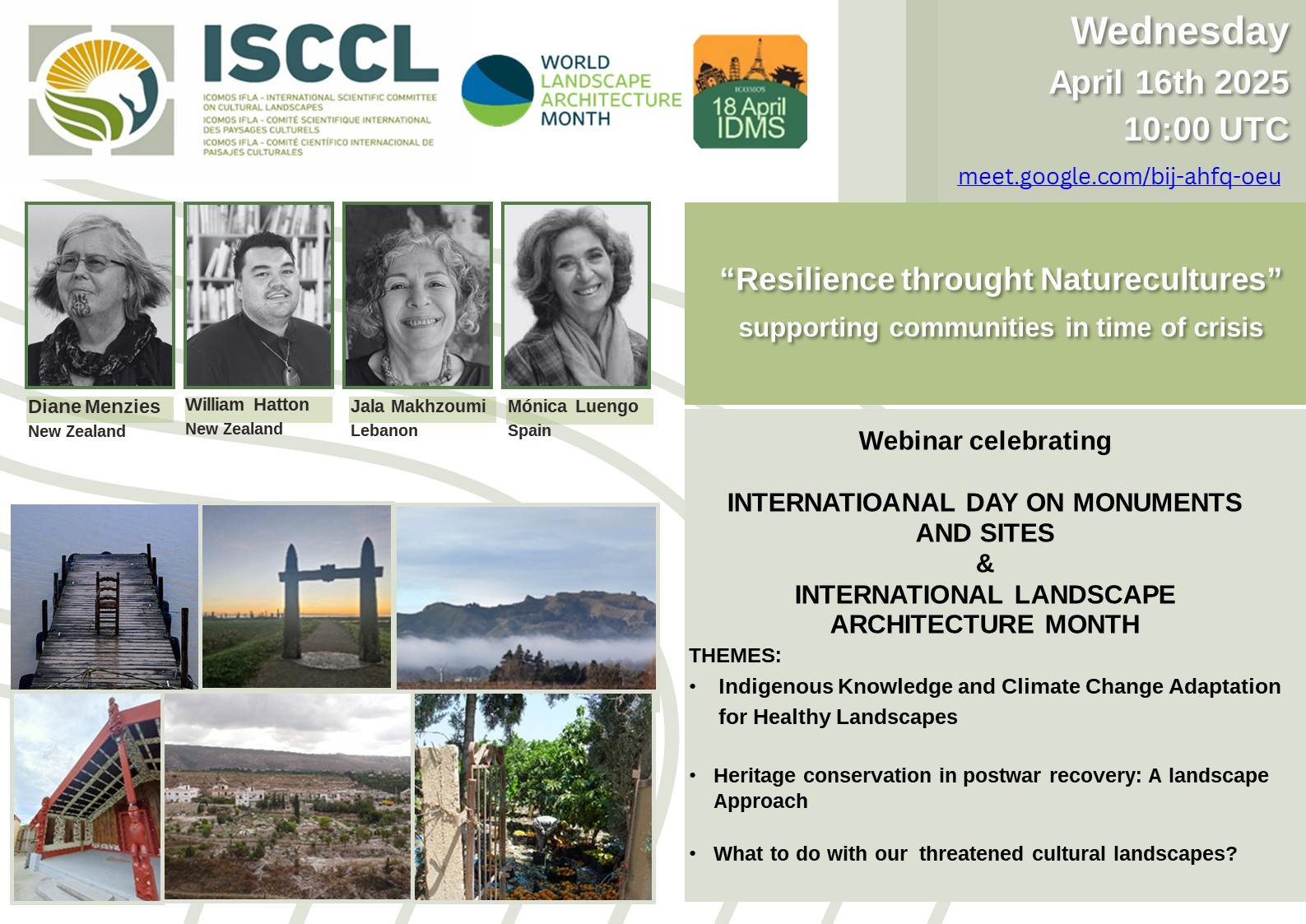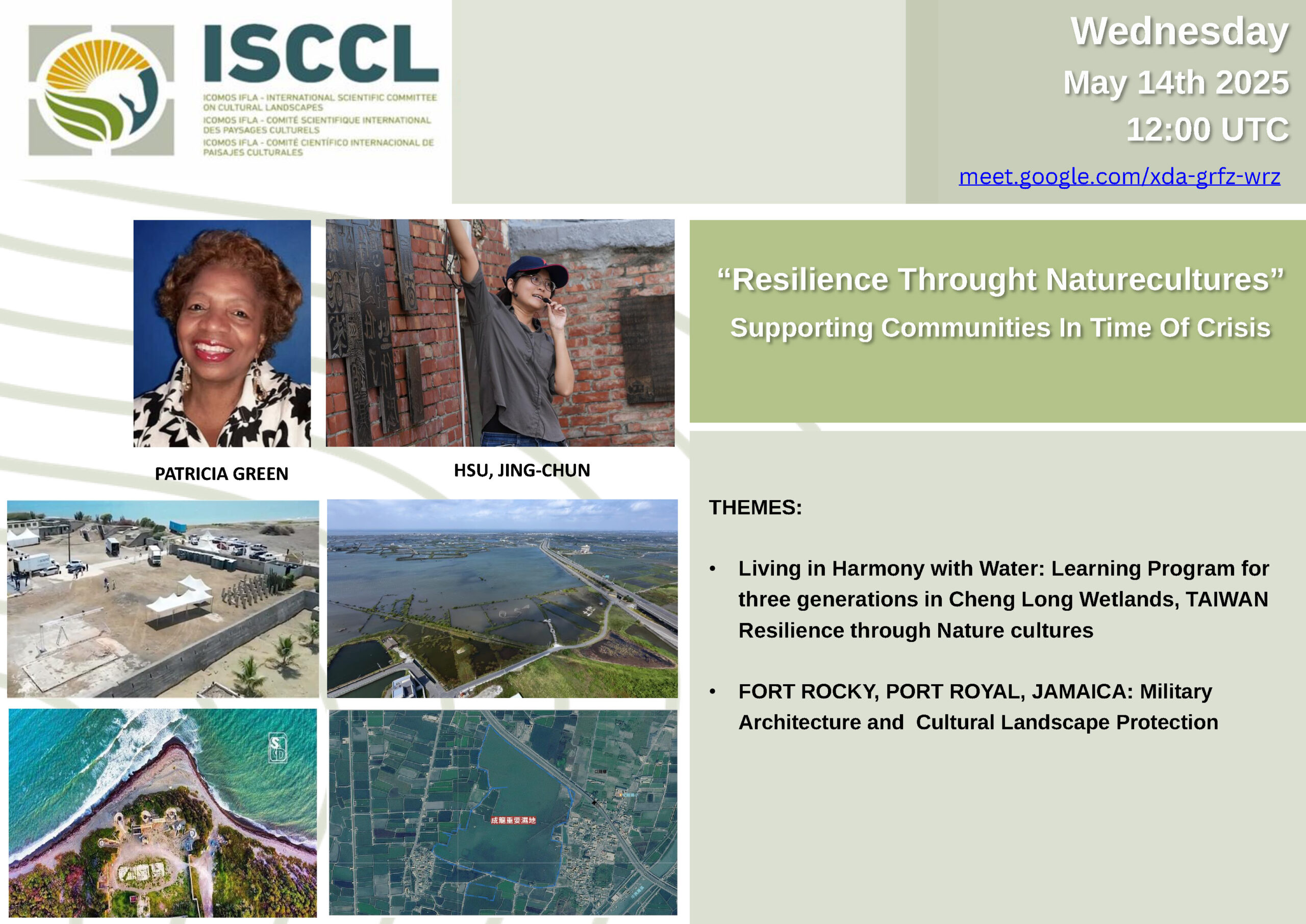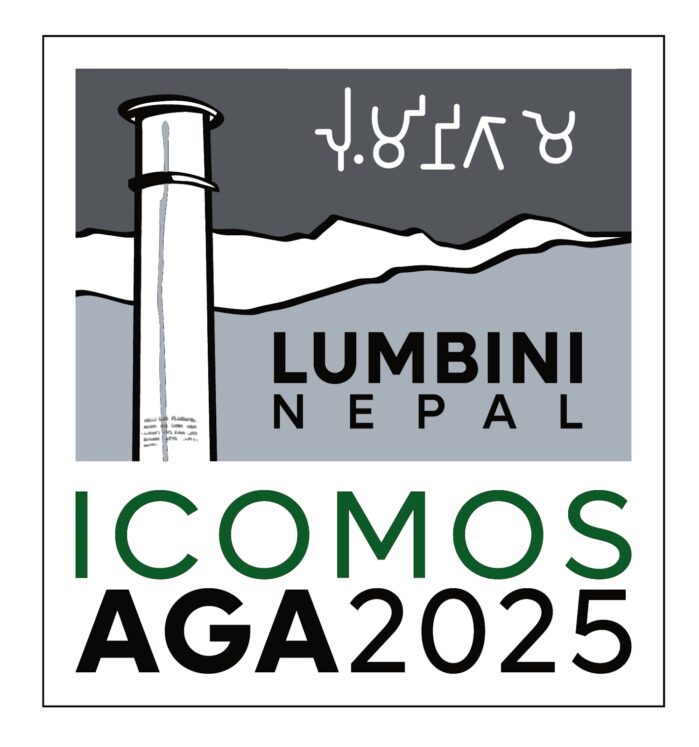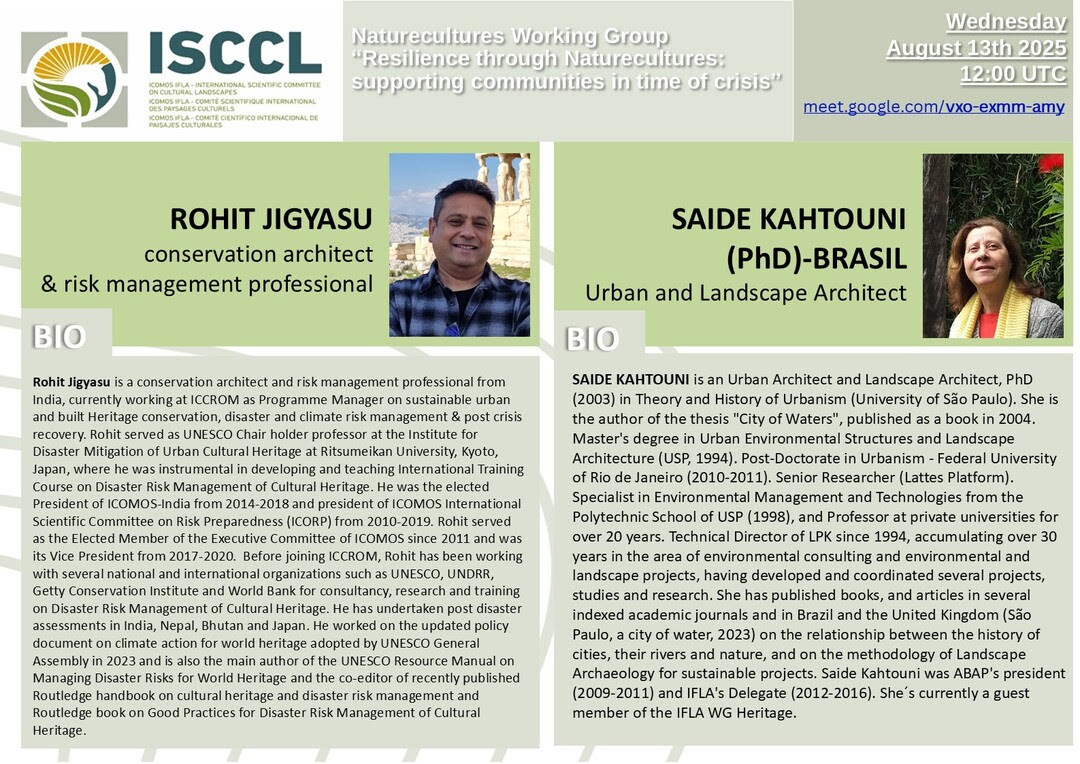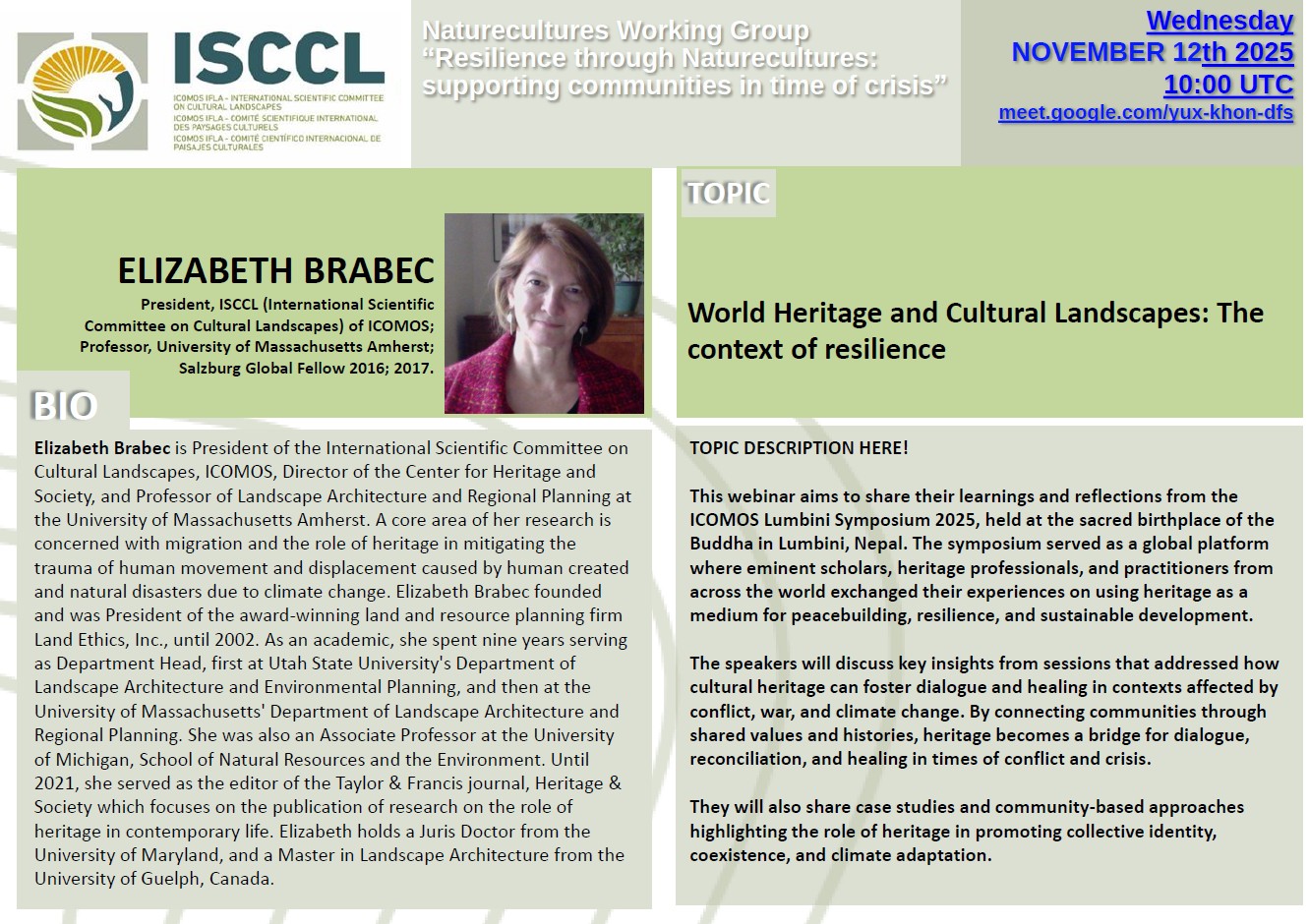2023 International Day of Monuments and Sites (IDMS)
Cultural Landscapes’ Critical Role in Responding to Climate Change
A cultural landscape webinar that celebrates the International Day of Monuments and Sites (IDMS) with other worldwide events from ICOMOS (International Council on Monuments and Sites). Presented by the International Committee on Cultural Landscapes of ICOMOS and IFLA and co-sponsored by the Center for Heritage and Society.
Three case studies of the role of cultural heritage in resilience:
Case 1:
Tirley Church: A holistic cultural landscape approach to climate change resilience

Many cultural heritage projects have a necessarily narrow focus. This can be for a variety of reasons including: available funding, restrictions dictated by grant giving bodies, stakeholders’ obligations and commitments, local regional and national priorities, steering the project through statutory consents processes, and the like. This talk will present a case study of one such project. In 2021 St Michaels Church Tirley in Gloucestershire, southwest England, applied to authorities for help in engaging with specialists to carry out a study of the church and its churchyard “to better understand mitigation measures that could be implemented to minimise flood damage” to their Grade 1 listed medieval church. This case study will look at how taking a holistic cultural landscape approach to projects will help us to better address and embrace the broader issues related to climate and social change resilience, and to the historic environment as a whole.
Doug Evans is a heritage conservation consultant, trained as an architect, and has over 40 years’ experience in the construction industry including 38 years specialist professional experience in the conservation, repair and adaptive reuse of historic buildings and ancient monuments. Doug is an expert member of the International Council on Monuments and Sites (ICOMOS) scientific committees for Wood (IIWC), Cultural Landscapes (ISCCL), and Sites of Religion and Ritual (PRERICO) and of the international committee for the conservation of industrial heritage (TICCIH). He is founder and Chair of the ICOMOS-UK Wood Committee and the ICOMOS Canada Wood Committee. Doug was formerly a Trustee of ICOMOS-UK, and was Treasurer and Vice-President of the ICOMOS International Wood Committee (IIWC).
Case 2:
An Ancestral Legacy from the Andes: the recovery of seeds and plants for climate resilience

Life next the Cordillera (Ecuador, Peru, Bolivia, northern and central Argentina), with a dry and arid climate with a wide temperature range from -10°C to 18°C (between night and day), make an extreme survival life.
The recovery of its seeds for food production creates an opportunity to face Climate Change. Quinoa, amaranth, chuño, varieties of Andean potatoes, chili, varieties of corn, etc. have all been recovered. In addition, we have observed that there are legume species, with high protein value, that are cultivated in the area only for family use.
From the southern forests the endemic vegetation comes from Tierra del Fuego. Their medicinal, culinary and wellness uses are known by the original inhabitants. Today, in Tierra del Fuego , we find life, which adapts to nature and its resources with he same way of life the Indigenous had.
La vida al pie de la Cordillera (Ecuador, Perú, Bolivia, norte y centro de Argentina), con un clima seco, árido con gran amplitud térmica de -10°C a 32°C (entre la noche y el día), hacen que la vida sea de supervivencia extrema.
La recuperación de sus semillas para la producción alimentaria genera una oportunidad para enfrentar el Cambio Climático.
La quinua, el amaranto, el chuño, variedades de papas andinas, ají, variedades de maíz, etc.
Se ha observado que hay especies de legumbres, con gran valor proteico, que se cultivan en la zona sólo para uso familiar.
Desde los bosques del sur la vegetación endémica viene de Tierra del Fuego. Sus usos medicinales, culinarios y de bienestar es conocida por los habitantes originarios.
Hoy, en Tierra del fuego, encontramos un ejemplo de vida, que se adapta a la naturaleza y sus recursos.
Case 3:
Moving Communities: What happens to cultural heritage during the process and outcome of relocation?

Isle de Jean Charles, Louisiana (Apricot 2008 Wikimedia Commons)The distant prospect of moving communities due to climate change is here – in the United States and around the world. For villages such as Newtok in Alaska and Ile de Jean Charles in Louisiana, sea level rise and increasing storm events has made the communities unliveable: salinization of wells, melting of permafrost, shoreline erosion and the repeated storm damage has made the option to move the only choice (Kay 2019; Galik and Smith 2020).
However, the movement of whole communities requires sufficient land area to support the relocation of tens to hundreds of households. It is not only the households that must be moved, but people’s livelihoods, community social structure, and in many cases a shared sense of heritage.
Elizabeth Brabec is Secretary General of the ISCCL (International Scientific Committee on Cultural Landscapes of ICOMOS and IFLA) and a member of the ICOMOS Climate Change and Cultural Heritage Working Group. Her current research is focused on migration and the role of heritage in mitigating the trauma of human movement and displacement, whether due to violent conflict or climate change disaster. For a recent example, please see https://womenandmigration.com/case-study/gardens/. She is a Professor and Director of the Center for Heritage and Society (https://umass.edu/chs), Department of Landscape Architecture and Regional Planning at the University of Massachusetts Amherst, USA. She teaches graduate and undergraduate classes in cultural landscapes and the legal issues of land use planning and resource conservation at the local, national and international levels.

